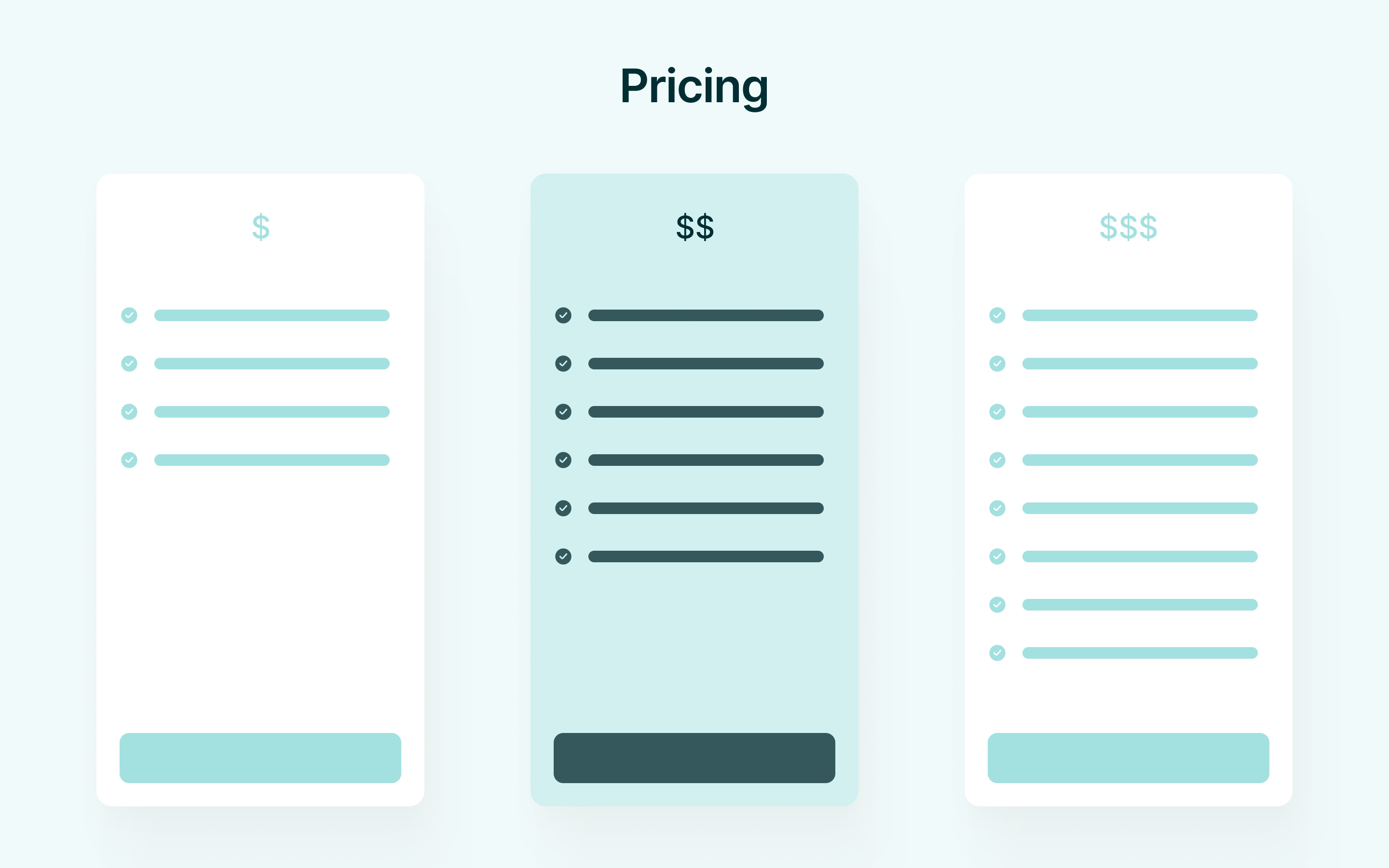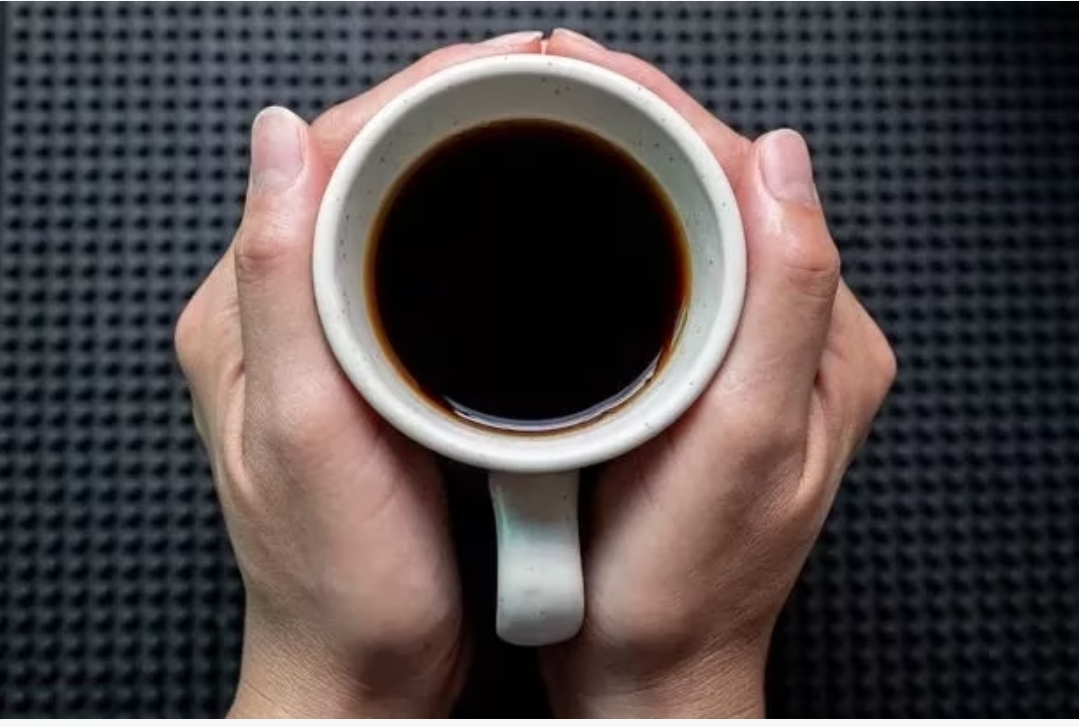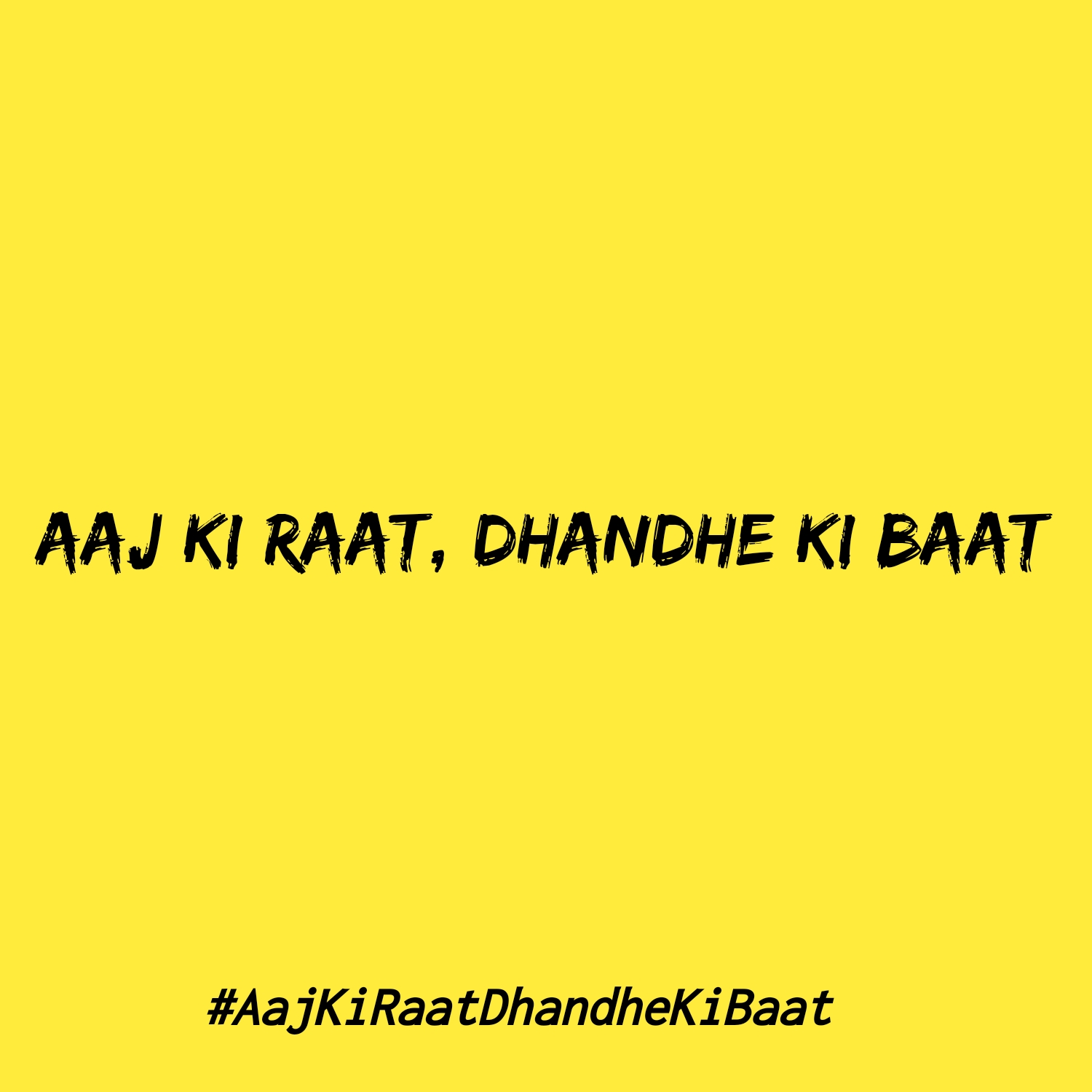Back
More like this
Recommendations from Medial
Vishnu kumaran
Design guide for you... • 1y
Pricing is the core of your SaaS offering. It’s crucial to handle well, but it needs to be done right. What makes a pricing section nearly perfect? ~ Clarity and Simplicity: Display pricing and features clearly with easy-to-read layouts. Avoid conf
See More
Pradeep K Chaudhay
Co-Founder & CPO Gro... • 10m
Drinking coffee in the morning might offer more health benefits than sipping it throughout the day, according to a new study. Published in the European Heart Journal , the findings suggest that morning coffee drinkers may have a lower risk of dying f
See More
Rajan Paswan
Building for idea gu... • 1y
IMPORTANT QUESTIONS YOU SHOULD ANSWER WHEN UNDERSTANDING YOUR IDEAL CLIENT!!! • Who is your prospective client? • What problem are they trying to solve? Why should they care? • What level of awareness do they have about the real problem? • Where are
See MoreDownload the medial app to read full posts, comements and news.


































